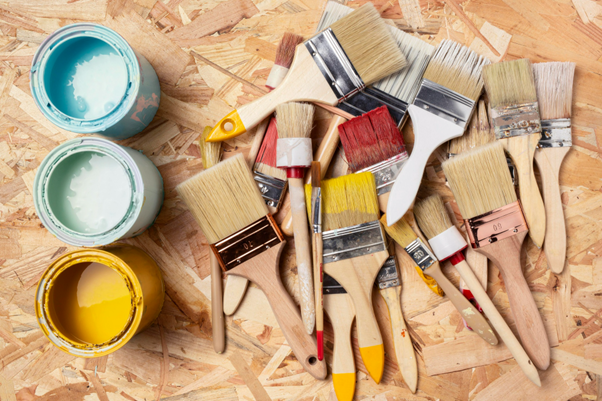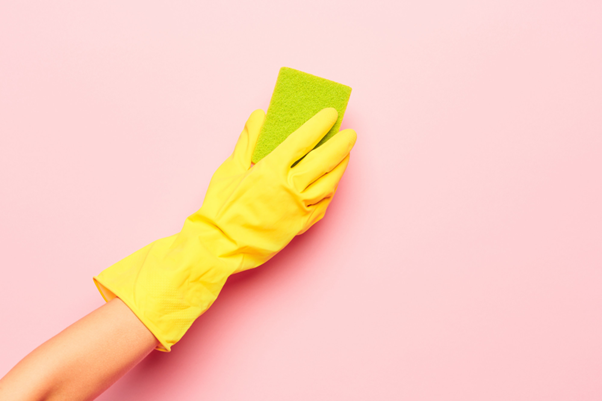Good to see you!
Welcome to Dulux
Terms & Conditions
Registration complete
Successfully registered, please login
Registration complete
Forgotten your password?
Please enter email address associated to your account
Change Password
Password changed successfully.
Request sent!
For more tailored inspiration, please fill in the 3 questions below.
Thanks!
Delete Account
Things to avoid while painting
The surge in do-it-yourself home modifications was accompanied with the inescapable roadblocks. Do you know how many paints priming coats should be applied to a porous surface? Or why does the consistency of your paint alter when it's kept in your garage? Do you know which paint to use in a bathroom vs a kitchen? We probably don't think about these issues before picking up our brushes.
1. No Prep
Make some preparations. In the long run, it may save you a ton of hassle and cleaning. Cover the floors and furnishings with drop cloths to prevent drips and splatters. Doorknobs should be covered in plastic, and trim edges should be taped. Uncover the switches and outlets.

2. Not Using Painter’s Tape
You may have polished edges and a tidy finish by taping. To stop bleeding, make sure the tape is properly sealed around baseboards and windows. Before the paint is entirely dry, remove the tape. The dry paint may flake off if you wait.

3. Not Cleaning the Walls
Have you ever painted a room and discovered that dust or hair had adhered to the walls? Or do you notice regions that seem rippled? By washing the walls before you begin painting, you may avoid this situation. Start by vacuuming the walls. After that, wash them with a rag and soak them in a mixture of warm water and two cups of vinegar. Keep in mind the baseboards and corners.

4. Not Buying Enough Paint
Even though you've just finished painting the third wall and are nearing the finish line, the paint can is nearly empty. Nobody likes to rush to the shop while still working on a project and smear it in paint. Make accurate estimates after taking measurements. Typically, 3 liters of paint covers 400 square feet. Then include more in your estimate for further touch-ups. To determine how much paint and primer you'll need for your painting project, use the paint calculator.

5. Using the Wrong Paintbrush
Use the appropriate brush for the job. You'll need a brush with synthetic (nylon/polyester) bristles for latex paint. Use a brush with natural bristles for oil-based paint. Good application also depends on quality. Spend a little more on nice brushes since you have bought quality paint.

6. Ignoring the Weather
Make careful to check the humidity levels before you begin any outdoor painting projects. Water-based paints may take longer to dry in environments with high humidity. Consider delaying a day or two if it's going to be really humid.
7. Using the Wrong Paint
You're prepared to repaint an existing surface. You must be aware of the materials you are using. Has the surface had an oil-based treatment? It will peel and break if you try to paint over it with latex paint. If so, you must sand down the oil-based paint before using it to apply your fresh paint.
8. Skipping Primer
Be sure to read the primer. A good surface is provided by primer, allowing paint to adhere well and producing a lovely finish. It will also aid in highlighting the real color you have chosen. Since paint and primer are now available in a single container, there is really no need to omit this step.
In the same vein, choosing the appropriate paint requires an understanding of your finishes.

Add a new job
Add a new job
Edit a job
Delete job
Are you sure? All notes, photos and saved items will be deleted.
Save colour
Save to My Workspace
Save product
Save job